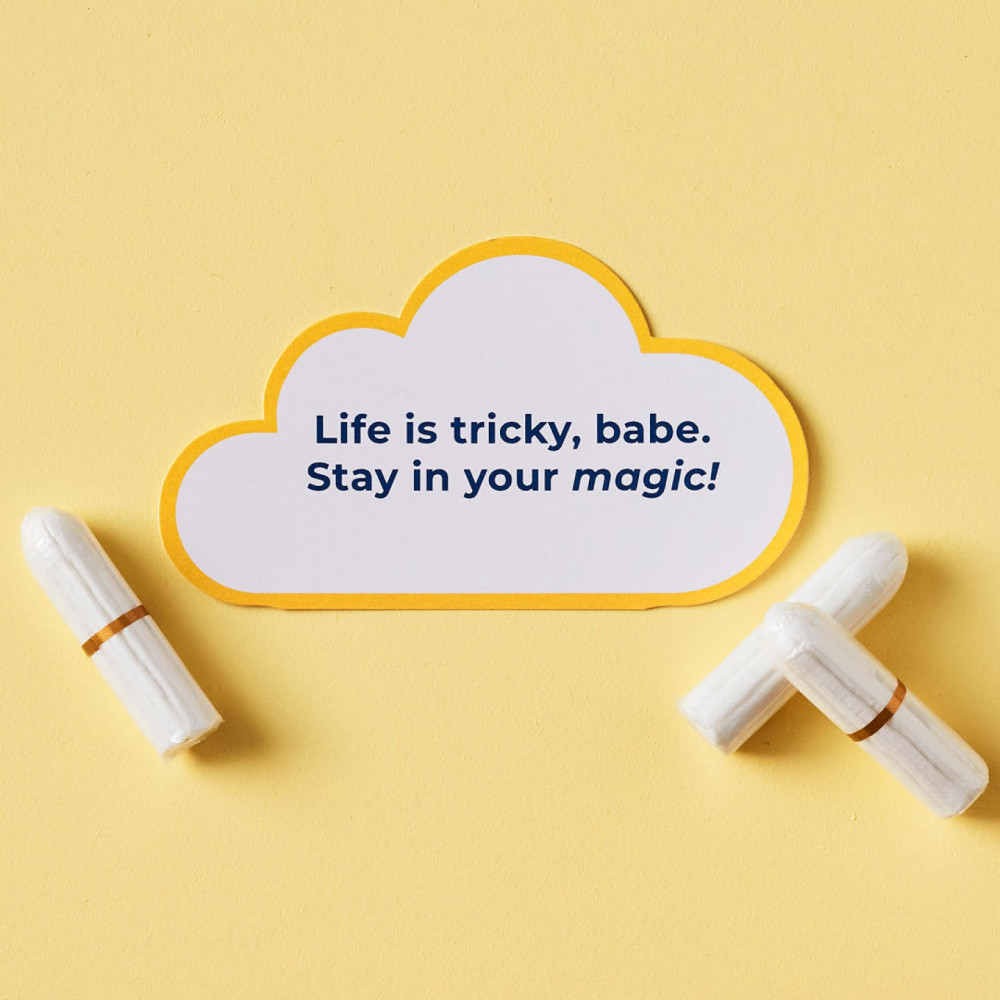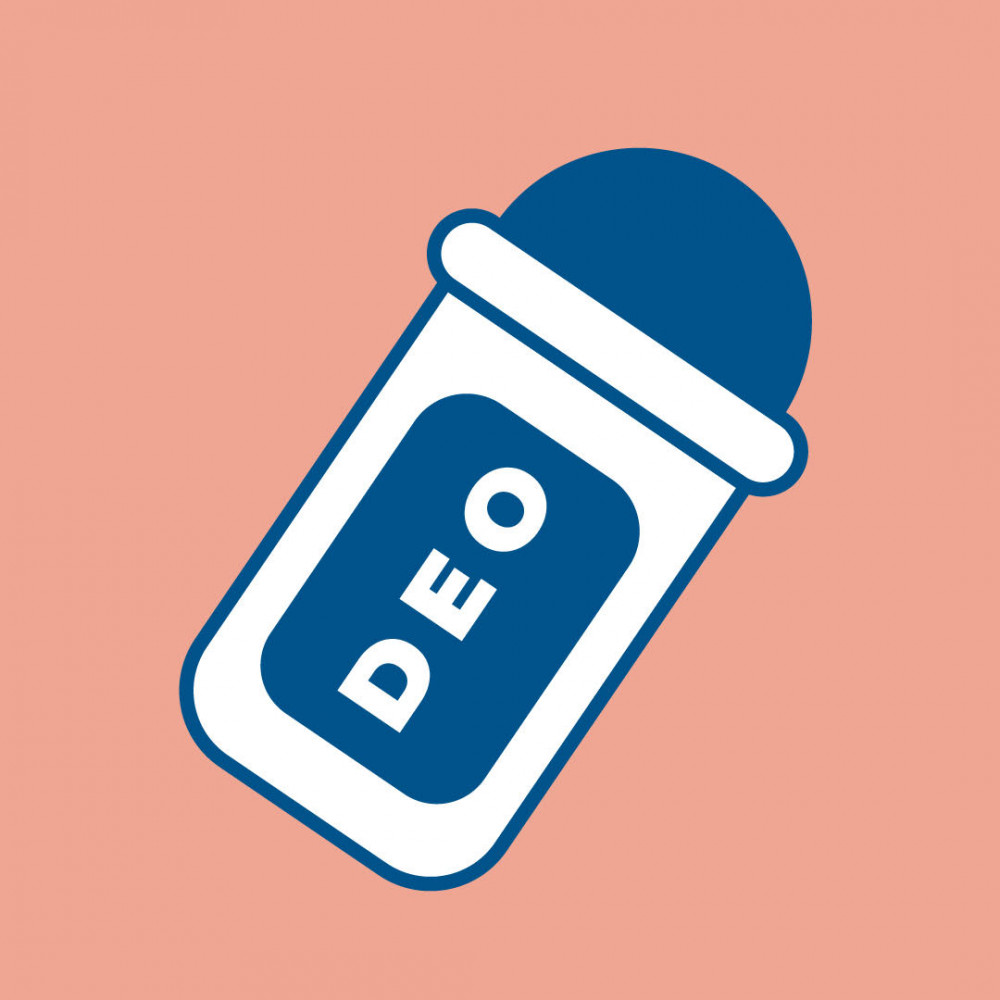The modern day tampon, as we know it, was first patented in 1931. That’s pretty late to the party, considering women have been around and menstruating for seven million years (give or take).
Of course, American GP Earle Haas, who claims invention rights, wasn’t the first person to think about sticking something absorbent inside the vagina to stem the blood flow. Women in ancient Rome are recorded as having fashioned their own tampons out of wool; and wads of grass were used in parts of Africa. Ancient Japanese women are thought to have made their own tampons from paper.
More recently, the earliest tampons using a string and a wad of fabric were documented in Europe in the 18th century.
And then along came Earle. His tampon was made of compressed cotton and had a telescoping cardboard applicator so it could be inserted and removed without a woman having to actually touch her own vagina. He called his product ‘Tampax’. Tampax hit the shelves in the mid-1930s—and was a complete game-changer. It came in discreet, plain paper-wrapped boxes of 10, often delivered by mail (now there’s an idea) and soon had plenty of competitors vying for market share. By the 1940s, about a quarter of all women in the US regularly used tampons, and their popularity was spreading across the developed world.
The 1960s and ’70s saw a raft of variations coming into play as companies experimented with double-stringed versions and ‘pleasant’ fragrances (a big no-no in the Juuni book). Then came ‘Rely’, the tampon made from synthetic materials that could absorb so much fluid, women were encouraged to use it for their entire period.
While the brand was never sold in Australia, other high absorbency alternatives were, and by the mid-1980s, nearly all tampons contained some sort of ‘modified superabsorbent cellulose’ and synthetic materials such as polyester, polyacrylate rayon and viscose.
All this, combined with the change in vaginal pH during menstruation, created an ideal environment for bacteria to grow, and is the reason tampons were first associated with Toxic Shock Syndrome (TSS). As soon as these tampons were taken off the market, TSS rates began to fall.
All tampons sold in Australia today are regulated by the Therapeutic Goods Association (TGA) to ensure they're manufactured in a way that minimises all health risks, including TSS.
Juuni tampons are made from 100% organic cotton. They are bleach-free, pesticide-free and fragrance free. They contain no synthetic fibres or dyes and are hypoallergenic for sensitive skin. And they come in mix and match packs so you can always use the appropriate absorbency for your flow. So here’s to the next seven million years, babes.





